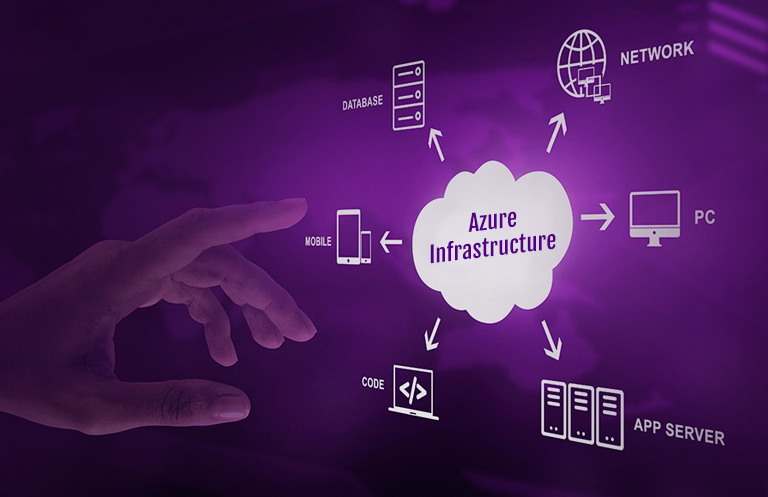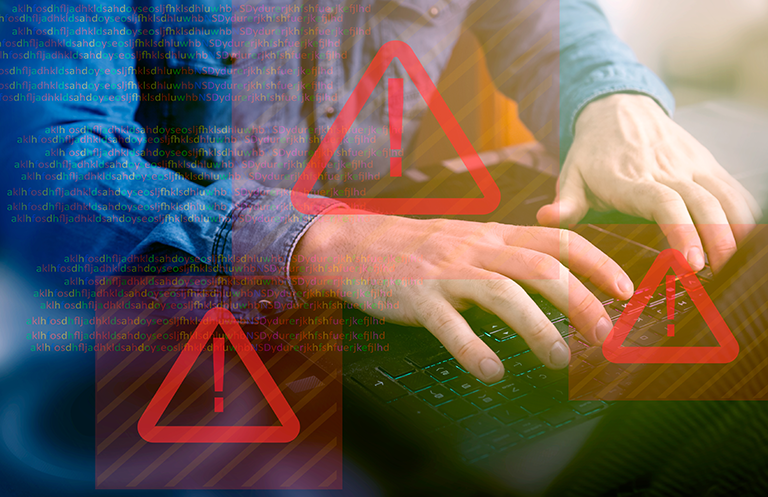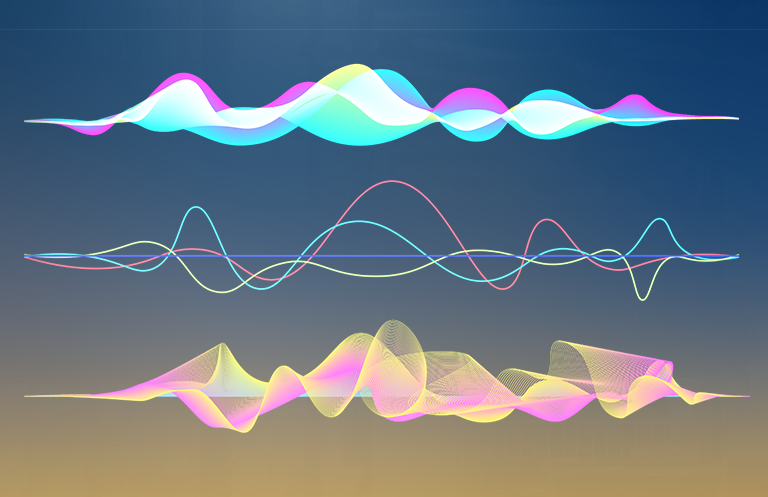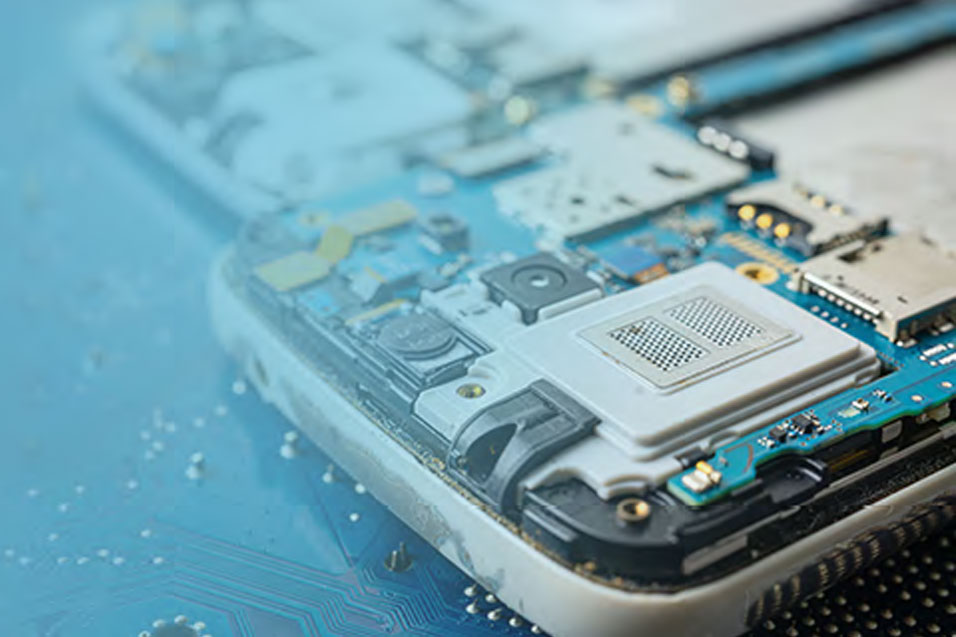What does a retail shopper want? The list would be a lengthy one, but a few of the factors will be common in every consumer’s answer to this question. These factors are a minimal wait time, best prices, plenty of options, and no rush.
All of these benefits can be provided with effective BI (Business Intelligence) and analysis of the huge amount of data that is captured through various operations and customer interaction. One of the most effective ways of gaining such valuable insights is through video analytics data captured by optimally placed in-store cameras.
Video analytics goes a long way in providing valuable inputs for the BI engine of retail stores, helping them not only in providing delightful consumer experience but also in minimizing shrinkage, in effectual store management, and in providing valuable insights for decision making at a business level.
We’ll look at some video analytics features that directly or indirectly (as inputs to BI engine) contribute to enhancing the consumer experience.
As of today, the consumer experience is limited to the following few features:
Minimizing the service time:
- Queue management: Queue management algorithms provide the count of people in the queue along with the estimated wait time for each person. At the same time, it can calculate the delay in servicing for a particular queue. This helps to pin down any issues, to optimize the total number of queues, and to reshuffle the customers between queues for quicker billing.
- Staff to consumer ratio and staff productivity: Video analytics helps differentiate the staff from the visitors based on certain dress code detection along with some other methods. This helps to derive the staff to consumer ratio and helps reallocation of staff within the store to minimize the service time and enhance the assisted shopping experience.
Ensuring plenty of options:
- Smart shelves: Smart shelves help in store management and inventory management. However, the application is not limited to that and contributes to enhancing user experience as well. Smart shelves are utilized for focused advertising based on the liking of the consumers as well as to provide information regarding the products on and around the shelf area. This not only helps customers with multiple options similar to what they are buying without having to explore but also provides them with the best prices available across the brands. This caters to the wish list of a typical shopper by providing multiple options and best prices.
Avoiding overcrowding and ensuring ease of shopping:
- Crowd management / Aisle management: Video analytics data pertaining to crowd behavior analysis (such as heat maps and footfall analysis) combined with BI can be used to derive conversion rate for a particular product or for a particular store area, thus helping in aisle management. This results in avoidance of overcrowded areas and ensures a pleasant shopping experience.
- Product placement: The heat map, crowd monitoring, and conversion rate help in logical product placement, which not just provides an ease of shopping but also is an important store management metric.
On top of these, the retail space envisages many more innovative and futuristic features:
- Analysis of facial expressions and eyeball tracking: In principle, everyone agrees that facial expression analysis can change the paradigm of the customer shopping experience. Though we are still some time away from getting a flawless facial expression based advertising or shopping assistance, the efforts are being put in the following ways:
- Using a close range camera on product shelves, some insights can be derived to perform emotion analysis. These would include knowing whether the consumer was satisfied and got what he was looking for, or whether he/she was looking for more options.
- Having a digital signage with a built-in camera can understand feedback of the customer on the advertising and promotion effectiveness and can also help stock the goods when there is a positive response. This primarily involves eye-ball tracking feature.
- Truly omnichannel experience: Today, if you do not have a multi-channel presence that you can seamlessly bring together, you are up for a trouble as a retailer. An important fact to understand here is knowing that customers not only make buying decisions when they are in the store but they are constantly connected with brands through various apps. Before making a purchase, they check for options, compare prices, and check feedbacks online. Though this is more on the mobile application front, video analytics still has a role to play here. Visual search is something that enables a true omnichannel experience if implemented effectively.
Whitepaper: How to Design an Intelligent Retail Store Using In-Store Video Analytics & VMS Download Now
eInfochips understands the retail space and has been helping retailers provide their customers with immersive shopping experience with Video Management Software. Our Video Management Software is integrated with advanced video analytics algorithms such as smart shelves, heat maps, crowd behavior analysis, and demographics analysis. At the same time, eInfochips has always had a strategy to be ahead of the technology curve by developing futuristic solutions, some of which were discussed in this blog.













